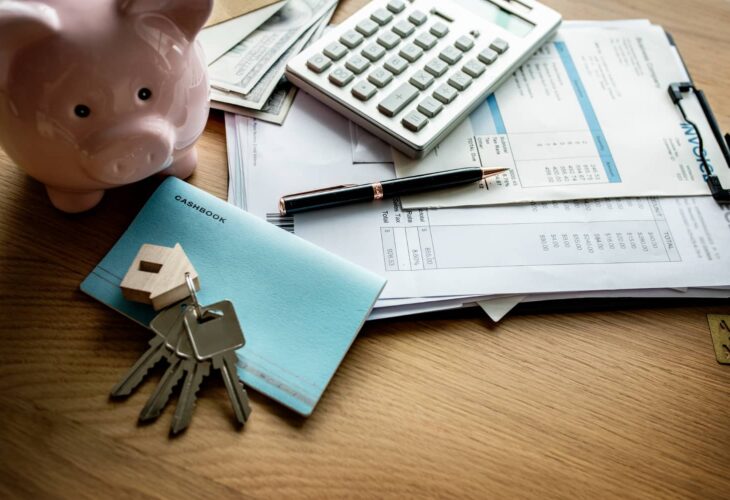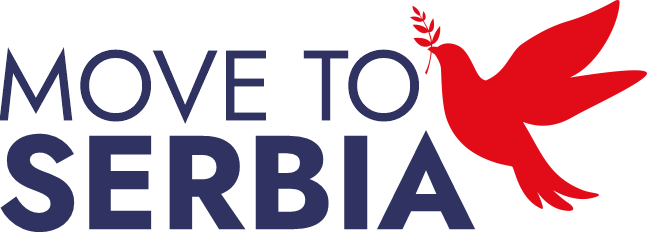Cost of Living in Serbia
December 15, 2024

According to many foreigners, the cost of living in the Republic of Serbia is significantly more affordable, especially when compared to Western European countries and the United States. Belgrade is one of the most budget-friendly large European cities, making it a popular choice among expatriates.
With relatively lower prices, you can enjoy a high quality of life, which is also more affordable compared to your home country. Although the cost of living in Serbia depends on your lifestyle, here is an overview of where your money will be spent in this country.
Renting an apartment in Serbia is quite affordable, especially compared to other European cities. Rental prices vary depending on the city and location.
Larger cities like Belgrade or Novi Sad have the highest rental prices, but the supply is large, diverse, and of high quality. Apartments outside the city center are generally much more affordable. With well-organized public transport, you can reach the city center relatively quickly.
Buying property is also a popular option. One reason for this is that apartments in Serbia, especially in Belgrade and Novi Sad, which are university hubs, sell and rent out very quickly.
According to a real estate agency, the current average advertised price of apartments for sale in Belgrade is €2,640 per square meter, reflecting an increase of around €40 since the beginning of the year.
The average price per square meter in Novi Sad is €2,400, while in Niš, it is €1,580. Prices, of course, depend on the location, so they vary even within the same city.
For a one-bedroom apartment, expect utility costs, including electricity, heating, water, and waste disposal, to be around €100–150 per month.
Internet services are affordable and come with various benefits for new users. A package offering a stable connection and unlimited data costs about €15–25 per month.
One of the advantages of living in Serbia is the availability of fresh, organic local produce of high quality at very affordable prices. Shopping at local markets from domestic producers can significantly reduce your grocery bills.
.
Public transportation in Serbia is efficient and economical, with all parts of Belgrade well-connected by buses, trams, and trolleybuses. As of January 1, 2025, public transport in Belgrade is completely free, making it even more accessible for residents and visitors.
In smaller cities like Novi Sad, a monthly pass costs around €20, while single tickets for public transport in other Serbian cities remain affordable.
Taxis are also widely available, with starting fares around €2–3 and approximately €1 per kilometer for daytime rides within city centers.
Serbia’s central location makes it a great hub for regional travel, with well-developed intercity transport options by bus, train, car, or plane, connecting travelers easily to neighboring Balkan countries.
Serbia’s healthcare system is a mix of public and private clinics and hospitals. Private healthcare is more popular due to shorter waiting times and higher standards of care.
Serbia offers a wide variety of entertainment options for all ages, tastes, and budgets.
For expatriates moving to Serbia with children, education costs are a key factor.
In Novi Sad, the Confucius Institute at the University of Novi Sad has been promoting Chinese language and culture since 2014. The institute welcomes students of all ages (from 5 to 85 years) and celebrates Chinese national holidays, with the Spring Festival being the most notable.
In 2023, average monthly household incomes in Serbia were about €750, while personal consumption expenses exceeded incomes by €4.
Consumer Price Index (Inflation) in 2024
The Republic of Serbia has almost fully stabilized inflation since 2022, bringing it in line with the global average and stabilizing food prices.
Average and Minimum Wages in 2024
Over the past 15 years, Serbia’s average and minimum wages have tripled, while living costs, measured by average or minimum consumer baskets, have doubled.
The average gross salary in August 2024 was €1,140, while the net salary was €826. Regions with purchasing power above the national average included Belgrade, Niš, Kragujevac, and Novi Sad.
According to data from May this year, Slovenia had the highest average and minimum wages in the region, followed by Croatia, with Serbia ranking third.
On the cost of living index for European countries, compiled by World Population Review, Serbia ranked 34th out of 41 countries. Slovenia is the most expensive country in the region (25th), followed by Croatia (29th).
With this information, you can plan your relocation to Serbia, knowing whether the mentioned costs align with your budget.

Leave Your Comment